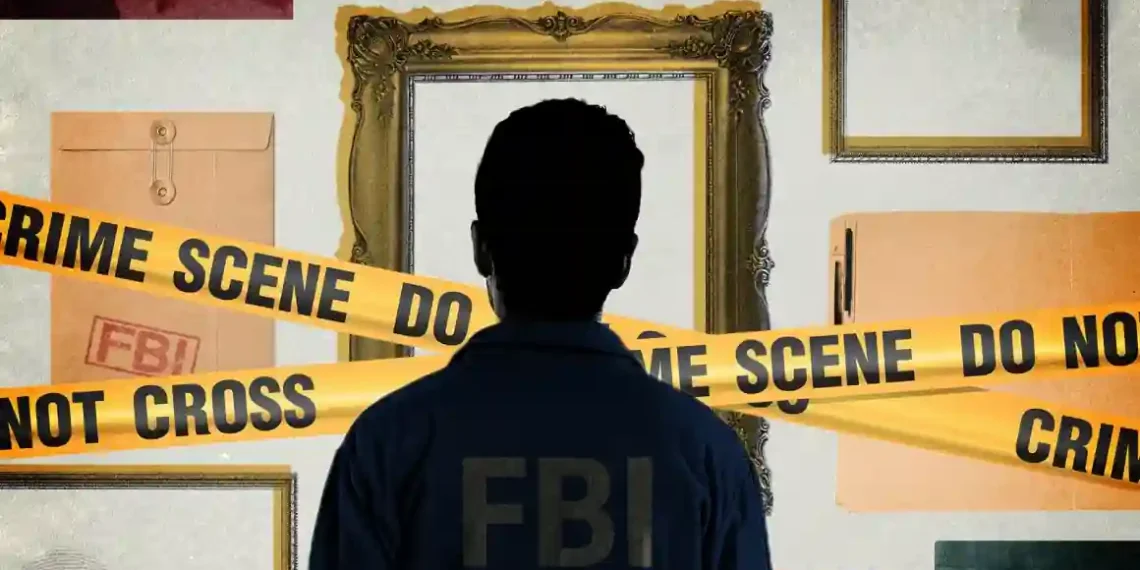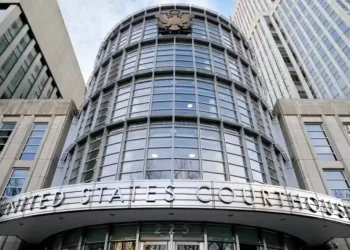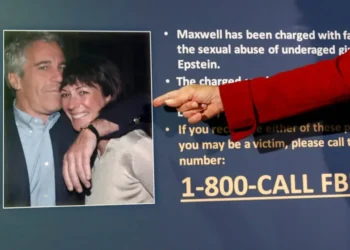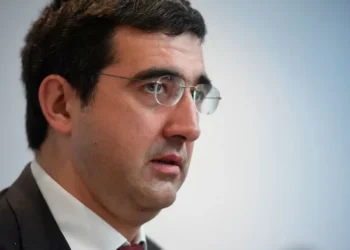From Art Detective to Fraud Buster: How Ronnie Walker Spent Years Unmasking Art Crime Rings
For decades, art forgers, traffickers, and criminals trusted Ronnie Walker — but little did they know, he was an undercover FBI agent specializing in art crime.
Walker, who retired after nearly 29 years with the FBI, was a founding member of the Bureau’s Art Crime Team. With a deep understanding of art history and the intricacies of the market, he became an invaluable asset in busting art criminals who thought they could outsmart the law.
In 2007, Walker began investigating convicted burglar Jerry Christy, who was linked to the theft of several priceless artworks, including a 17th-century etching by the Dutch master Rembrandt van Rijn. Christy had a reputation for lifting art from homes and galleries, but it wasn’t until Walker posed as a potential buyer that the operation took off.
“This etching was my entry into his circle,” Walker explained in a recent interview. “I made him believe I was the kind of person who could sell a Rembrandt.”
But things quickly escalated. Christy wasn’t working alone — his accomplice, an art dealer with deep ties to the Seattle market, soon entered the picture. Walker, who had spent years preparing for this type of operation, now found himself in a game of cat-and-mouse with an expert criminal.
“I started as the expert, but soon I was in a head-to-head competition with a seasoned dealer,” Walker recalled. “That’s when the stakes really got high.”
The operation began in 2007 when Christy unexpectedly vanished from the FBI’s radar after being arrested for an unrelated crime. But Walker soon discovered that Christy’s cellmate, Kurt Lidtke, was a disgraced art dealer who knew the ins and outs of the Seattle art scene. The two had begun plotting a massive crime spree targeting collections worth hundreds of millions of dollars.
Upon Christy’s release from prison, Walker, still posing as an art dealer, reestablished contact. Christy, eager to get back into the criminal world, soon carried out another burglary. It was at this point that Lidtke reached out to Walker with stolen paintings — suspecting that the dealer he was speaking to might be the perfect buyer.
“It’s always a game of trust,” Walker said. “Every undercover meeting could escalate.”
And escalate it did. Lidtke, a seasoned criminal, had no idea that the dealer he was speaking to was actually Walker. The pair spent hours discussing the intricacies of their respective art movements, and Walker played the part expertly, gaining their trust while simultaneously gathering critical intel.
However, the operation took an unexpected turn when Christy and Lidtke found themselves facing a surprise FBI raid. Thanks to Walker’s impeccable cover, Lidtke didn’t realize he’d been duped until it was too late.
“Lidtke didn’t trust his instincts, and that’s why we got them,” Walker said, reflecting on the high-stakes operation that ultimately led to their arrest. Both men were convicted of conspiracy and the transportation of stolen goods in 2011, receiving sentences of four and five-and-a-quarter years, respectively.
Walker’s path to the Art Crime Team began back in the early days of the Iraq War. When U.S. forces advanced on Baghdad in 2003, looters plundered the National Museum, stealing an estimated 15,000 artifacts in just 36 hours. Though he didn’t get the call to help investigate the looting, Walker’s interest in art history and cultural preservation never wavered.
By 2004, the FBI recognized the need for specialists in the field of art crime. Walker was selected as one of the first agents to join the team, becoming a key player in their mission to recover stolen cultural property, combat art forgeries, and dismantle trafficking rings.
“The more I studied art history, the better I became at my job,” he explained. “It was all about understanding the business of art and learning how to talk the talk.”
The team’s work has led to the recovery of over 20,000 items of stolen property, valued at over $1 billion. And that’s not including the billions in fake art that the team has seized — fraudulent works that could have been sold for a fortune if they had made it onto the market.
One of the team’s most high-profile recoveries was the return of a pair of ruby slippers worn by Judy Garland in The Wizard of Oz. After 13 years of being stolen, Walker, posing as a Hollywood memorabilia authenticator, helped bring the slippers back to the public eye.
Despite his numerous undercover successes, Walker is quick to admit that fraud in the art world has evolved. Twenty years ago, forgeries mostly involved famous, long-dead artists like Rothko and Picasso. Today, forgers are targeting living artists, using modern technology to replicate paintings with astonishing accuracy.
“The tools available today allow forgers to create fakes that rival the originals,” he said. “It’s easier than ever to replicate brushstrokes and create convincing fakes.”
Now, as a retired FBI agent, Walker is focused on protecting living artists from fraud. He’s founded the Art Legacy Institute (ALI), a nonprofit dedicated to helping artists safeguard their work against forgeries and theft.
“Cataloging an artist’s work is the key,” Walker explained. “If you document everything, it’s much harder for fraudsters to get away with their crimes.”
Walker’s team is also using cutting-edge technology to track and verify art. Through a partnership with optical AI firm Alitheon, ALI is developing a “digital fingerprint” system that can capture even the smallest details of an artwork’s surface, making it almost impossible for forgers to replicate.
Despite the high-stakes world of undercover operations, Walker remains grounded. He emphasizes the importance of preparation — knowing the art world inside and out — and of trusting his instincts.
“It’s about being yourself in a role,” Walker said. “When you know your stuff, it’s easier to lie when you’re telling the truth.”
His work wasn’t without its moments of fear. “There were times when I thought, ‘This is it,’” Walker admitted. “Every undercover meeting has the potential to escalate, even with criminals who don’t have a history of violence.”
Today, Walker continues his mission through ALI, working to prevent the fraud and theft that plagued his years of undercover operations. And as the world of art crime continues to evolve, his legacy lives on, one recovered masterpiece at a time.
This article was rewritten by JournosNews.com based on verified reporting from trusted sources. The content has been independently reviewed, fact-checked, and edited for accuracy, neutrality, tone, and global readability in accordance with Google News and AdSense standards.
All opinions, quotes, or statements from contributors, experts, or sourced organizations do not necessarily reflect the views of JournosNews.com. JournosNews.com maintains full editorial independence from any external funders, sponsors, or organizations.
Stay informed with JournosNews.com — your trusted source for verified global reporting and in-depth analysis. Follow us on Google News, BlueSky, and X for real-time updates.













